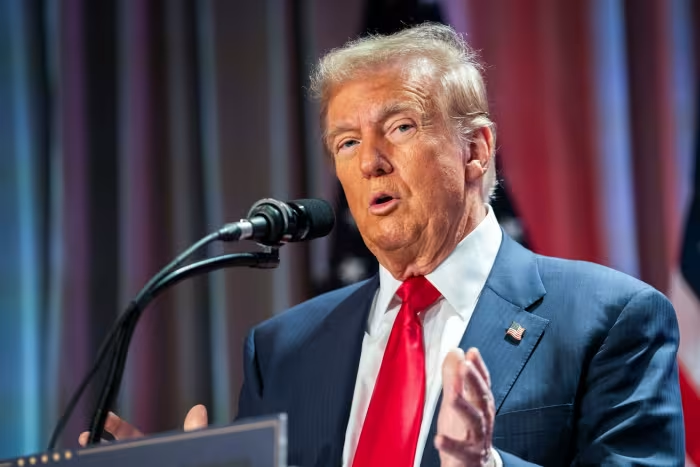As President Trump embarks on his second term, the landscape of shifts in U.S. cybersecurity and privacy policies is undergoing significant changes. Just six weeks into the new administration, uncertainty looms over the future direction of federal policies in these critical areas. Key leadership vacancies, policy reversals, and restructuring efforts are raising questions about how the government will address cyber threats and protect consumer data.
Cybersecurity Leadership Vacancies
One of the most pressing concerns is the absence of leadership in vital cybersecurity roles. The Cybersecurity and Infrastructure Security Agency (CISA) has been without a permanent director since Jen Easterly’s resignation on Inauguration Day. While Sean Plankey has been nominated to lead the agency, his confirmation is still pending, leaving CISA in a state of limbo.
Further complicating matters, the administration has directed federal agencies to refrain from laying off cybersecurity personnel amid broader budget cuts. While this suggests an acknowledgment of cyber risks, the lack of stable leadership leaves a gap in coordinated national defense strategies.
Dissolution of Advisory Bodies
In a move that has alarmed cybersecurity experts, the Department of Homeland Security (DHS) has dismantled the Critical Infrastructure Partnership Advisory Council (CIPAC). This body played a crucial role in facilitating collaboration between the public and private sectors to safeguard critical infrastructure from cyber threats.
The decision to dissolve CIPAC has led to concerns that trust between government and industry stakeholders could erode, potentially making it more challenging to share intelligence and mitigate cyber risks effectively. Experts warn that without such cooperative efforts, vulnerabilities in critical infrastructure could go unaddressed.
Federal Trade Commission (FTC) Restructuring
Significant changes have also taken place at the Federal Trade Commission (FTC), where President Trump has removed Democratic members Alvaro Bedoya and Rebecca Kelly Slaughter. These dismissals have thrown consumer protection efforts into disarray, particularly concerning data privacy regulations.
With fewer dissenting voices, the FTC’s stance on privacy enforcement could shift, potentially favoring corporate interests over consumer data protection. The legal ramifications of these removals are still unfolding, and debates over the FTC’s authority to regulate privacy issues under the new leadership are intensifying.
Uncertain Future for Federal Privacy Legislation
For years, experts have debated whether the U.S. would adopt a comprehensive federal data privacy law. Under Trump’s second term, the chances remain uncertain. While some believe that recent developments could finally push lawmakers toward passing robust data privacy regulations, others argue that political gridlock will prevent meaningful progress.
Despite growing concerns over data security and consumer privacy, past efforts to pass sweeping legislation have failed. Whether the current administration will champion or obstruct such efforts remains an open question.

Conclusion
The early days of Trump’s second term have signaled a potential realignment of shifts in U.S. cybersecurity and privacy policies. Leadership vacancies, the dismantling of advisory bodies, regulatory upheaval, and legislative uncertainty all contribute to a shifting and unpredictable landscape.
While some measures suggest an acknowledgment of cybersecurity threats, the overall trajectory remains unclear. Businesses, policymakers, and consumers alike will need to stay vigilant as the administration’s long-term strategy unfolds.






No responses yet